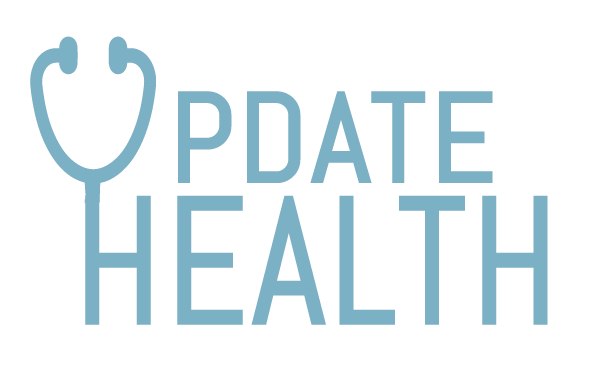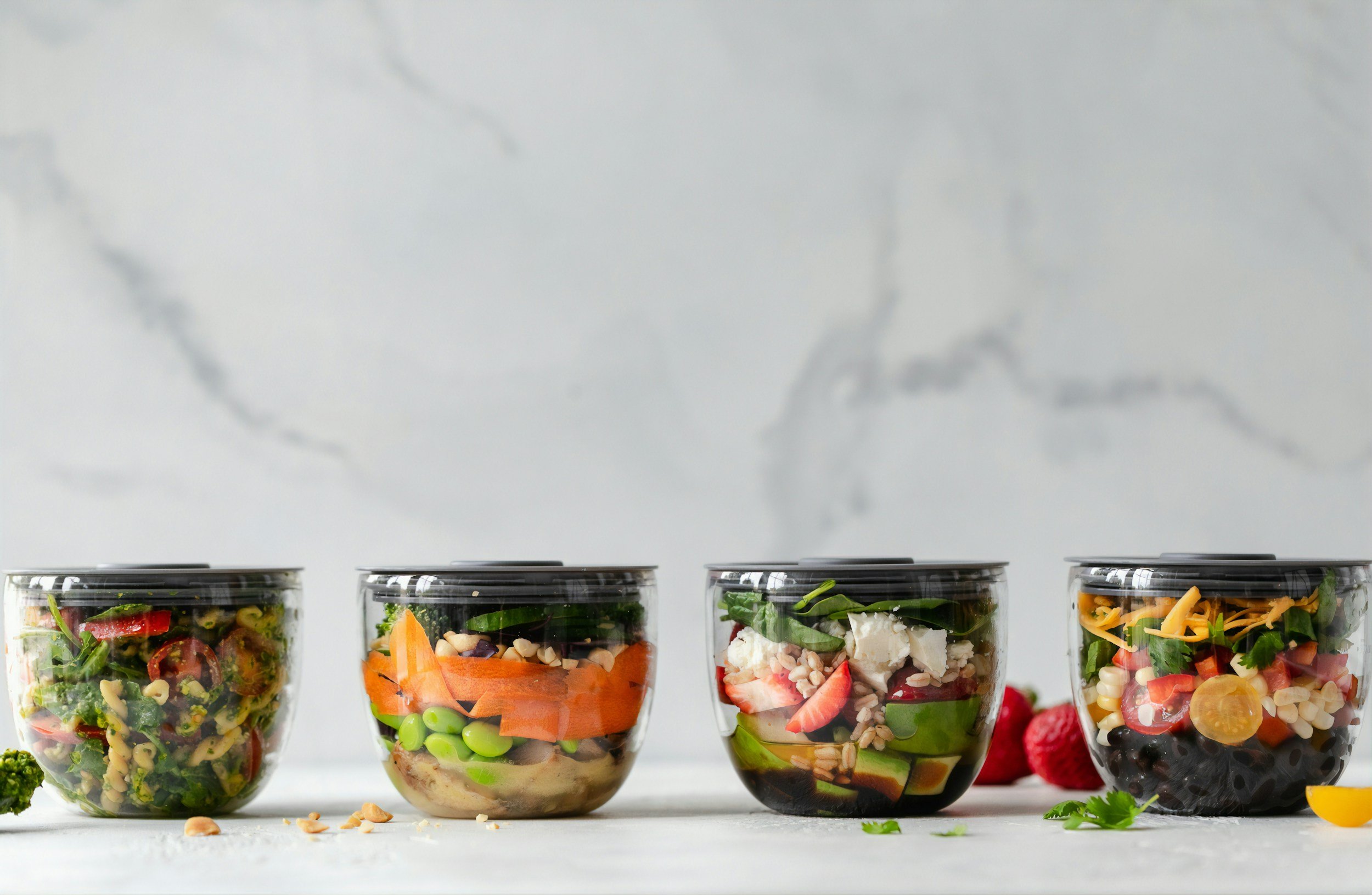Minimizing plastic exposure in your diet and environment
Image credit: swell via Unsplash
Reducing plastic exposure not only benefits your health but also the environment. Start by switching from bottled water to tap water filtered by an NSF-certified system, store food in non-plastic containers, and avoid reusing single-use plastics for food and drinks. Additionally, refrain from microwaving food in plastic containers to prevent chemical leaching. Opt for wooden or bamboo cutting boards over plastic ones, and maintain clean indoor air to reduce airborne microplastics. These steps can help minimize your daily exposure to potentially hazardous microplastics.
Source
Marfella, R., Prattichizzo, F., Sardu, C., Fulgenzi, G., Graciotti, L., Spadoni, T., D'Onofrio, N., Scisciola, L., La Grotta, R., Frigé, C., Pellegrini, V., Municinò, M., Siniscalchi, M., Spinetti, F., Vigliotti, G., Vecchione, C., Carrizzo, A., Accarino, G., Squillante, A., Spaziano, G., … Paolisso, G. (2024). Microplastics and Nanoplastics in Atheromas and Cardiovascular Events. The New England journal of medicine, 390(10), 900–910. https://doi.org/10.1056/NEJMoa2309822
Additional Reading
https://www.washingtonpost.com/wellness/2024/05/13/plastics-food-water-safety-contamination/
https://www.nytimes.com/wirecutter/reviews/how-to-avoid-eating-microplastics/

